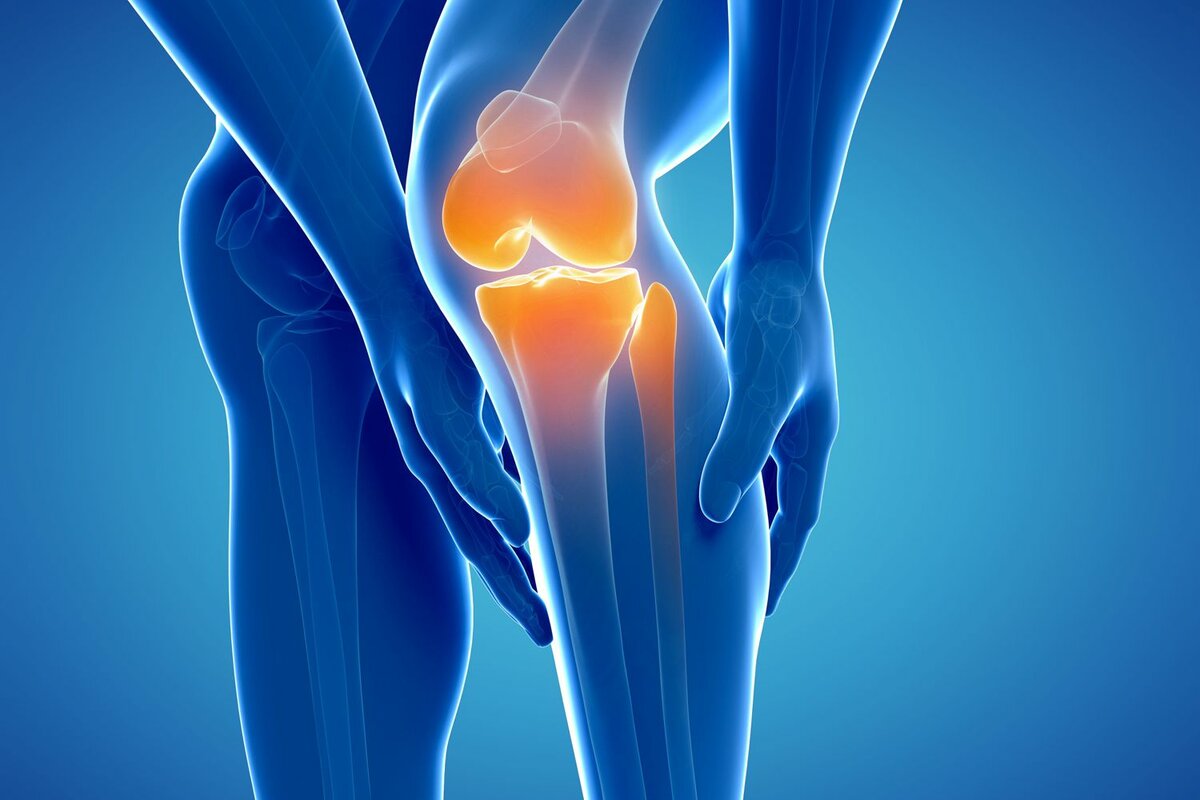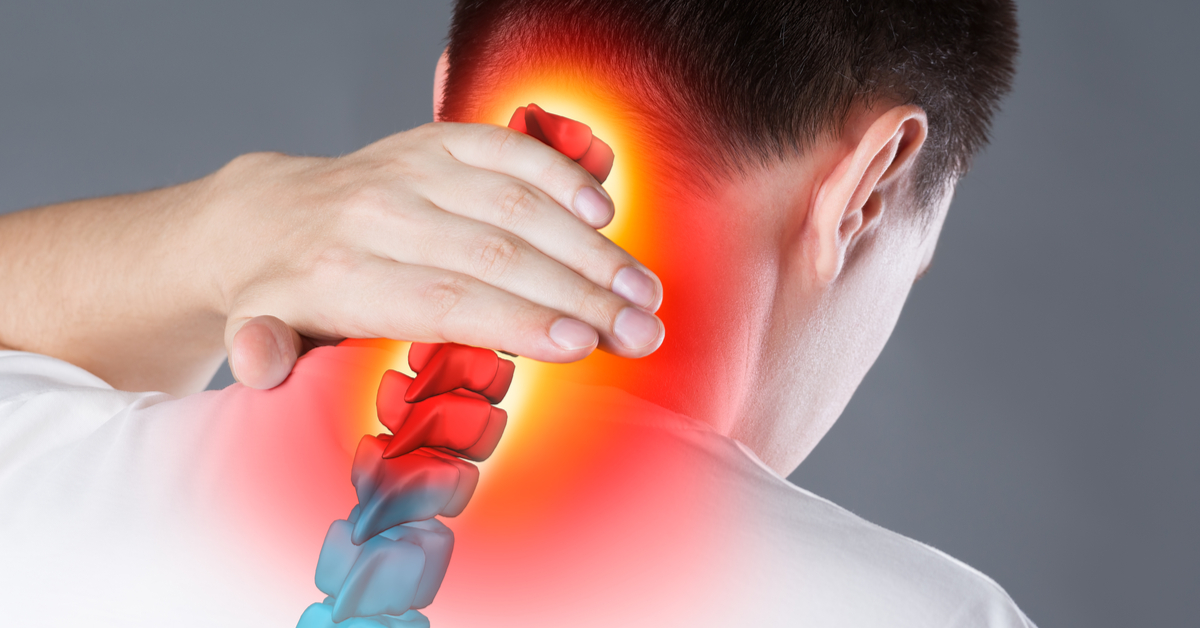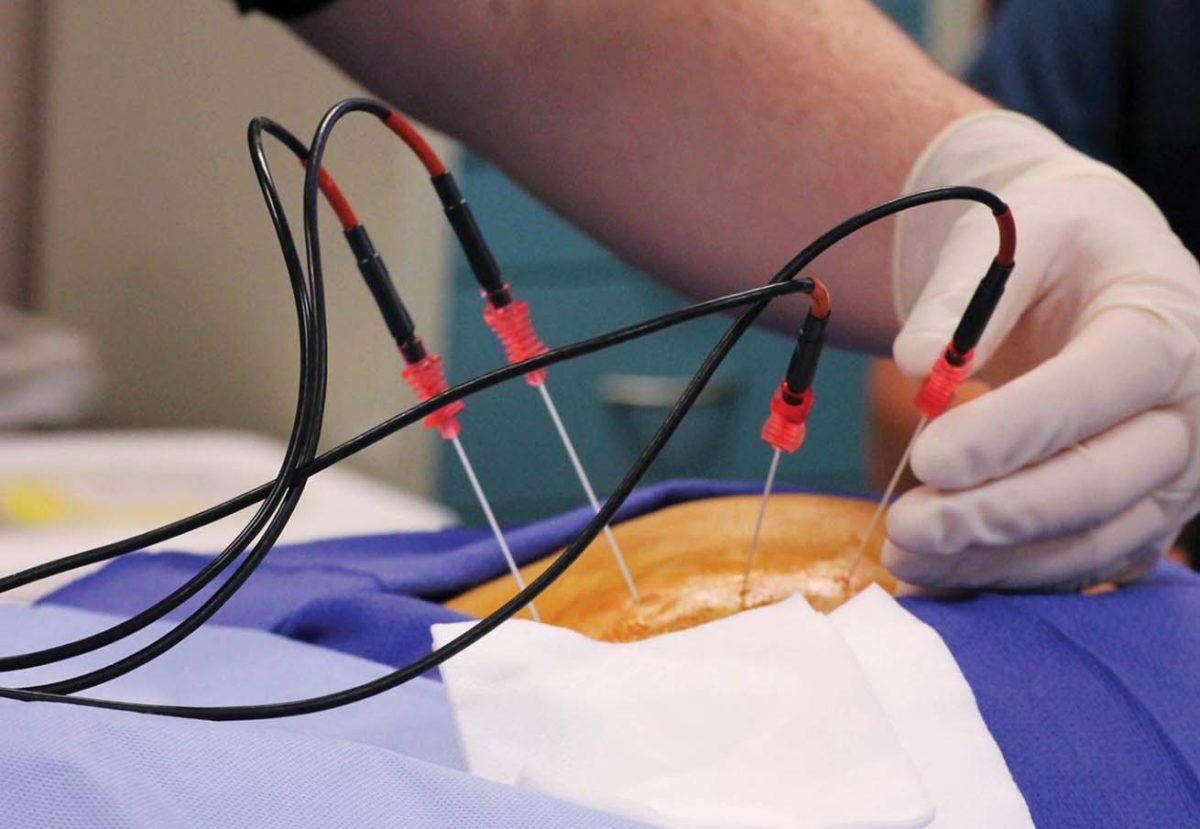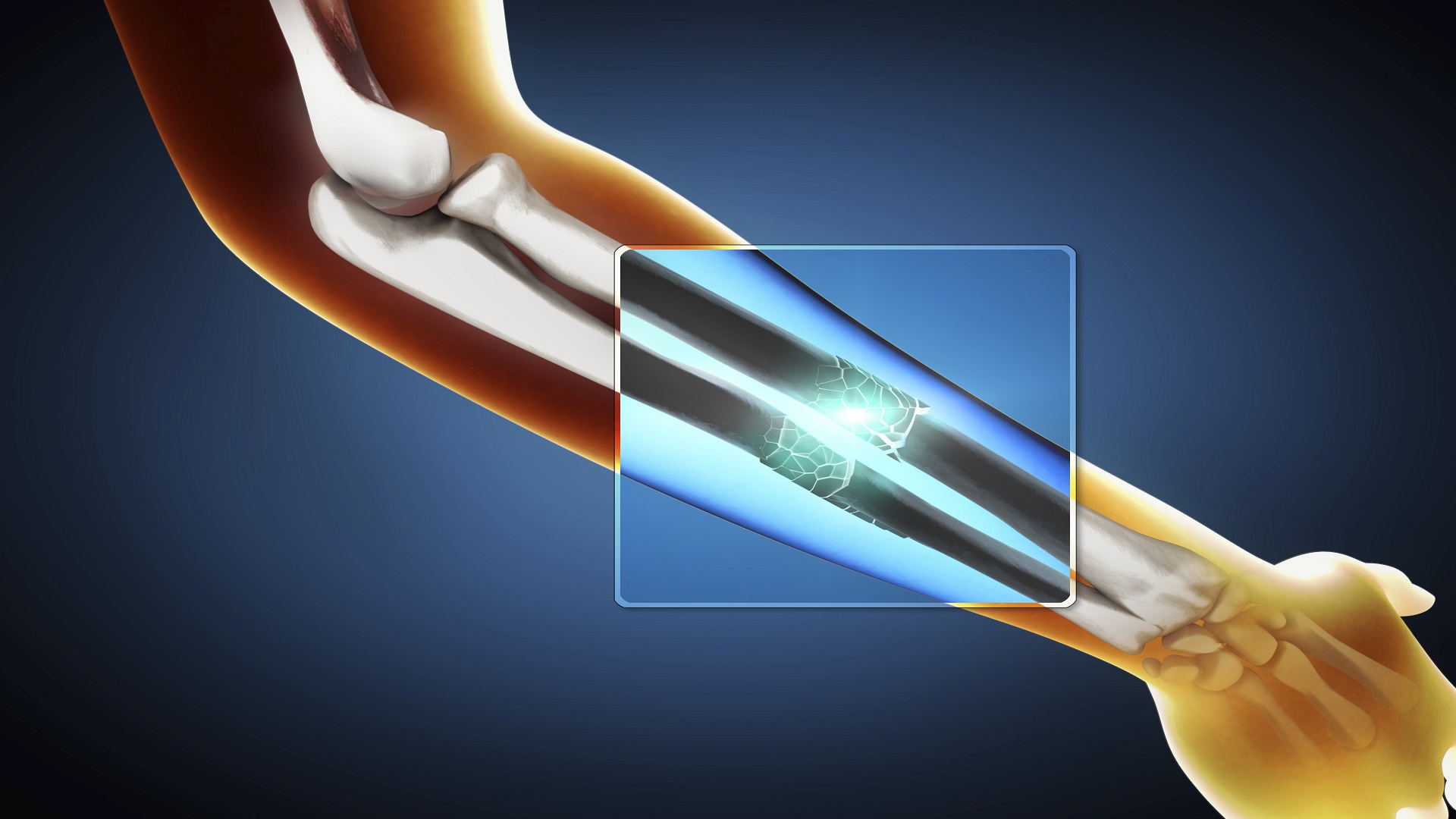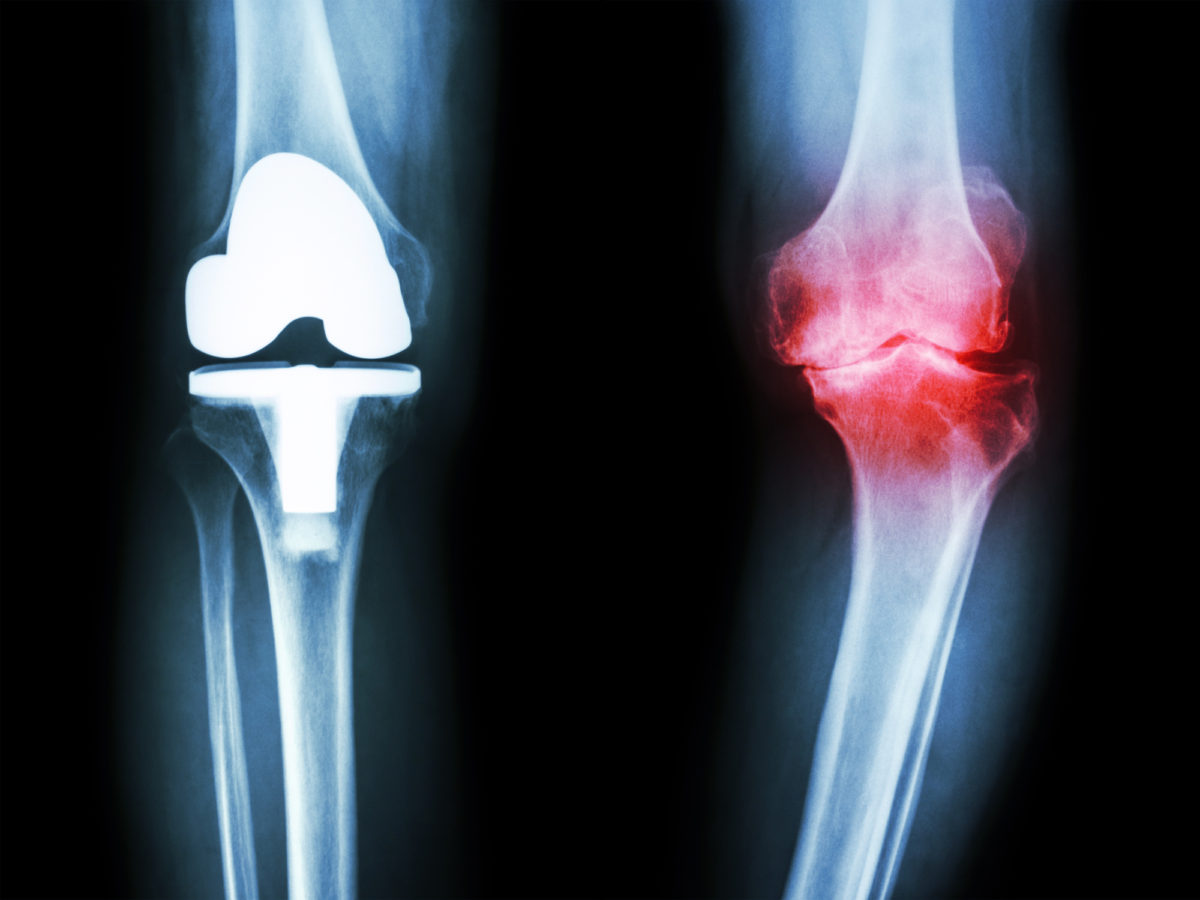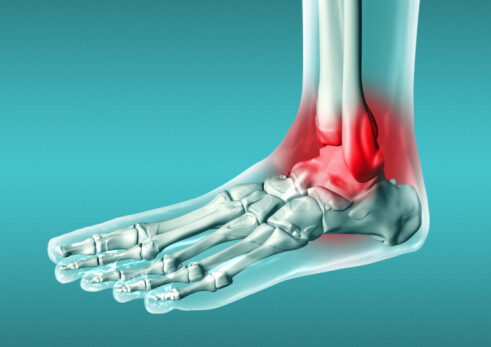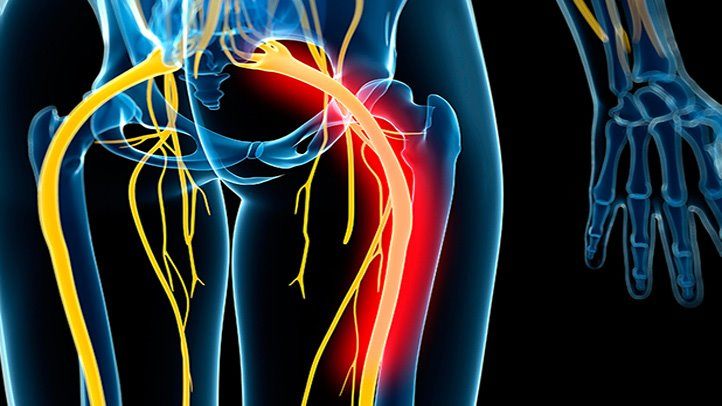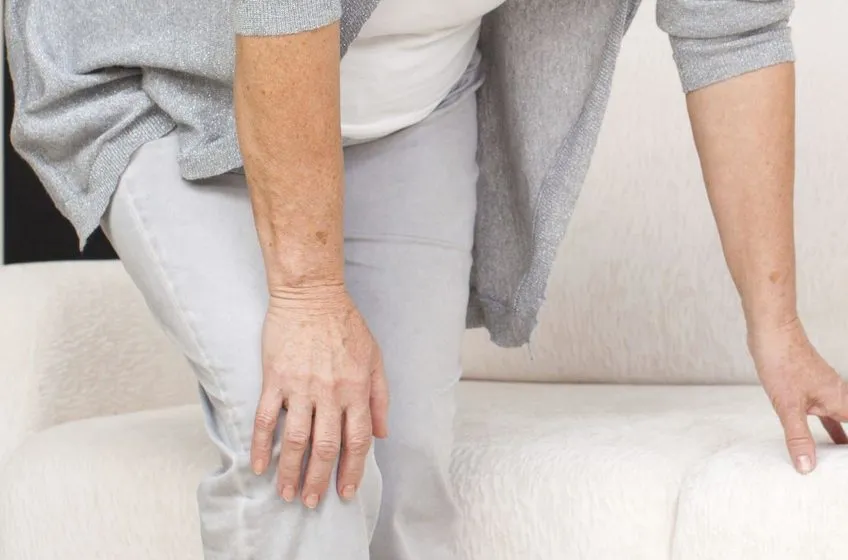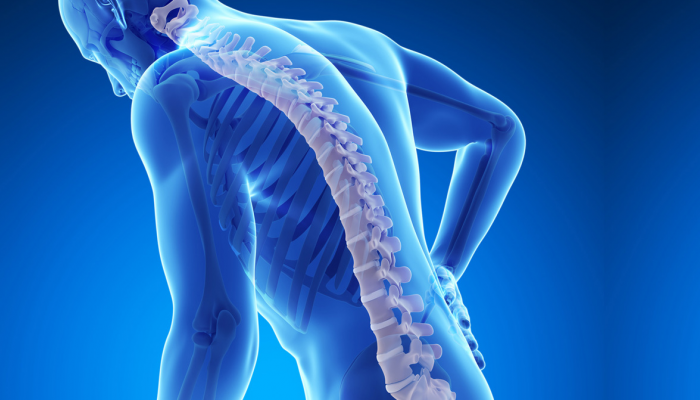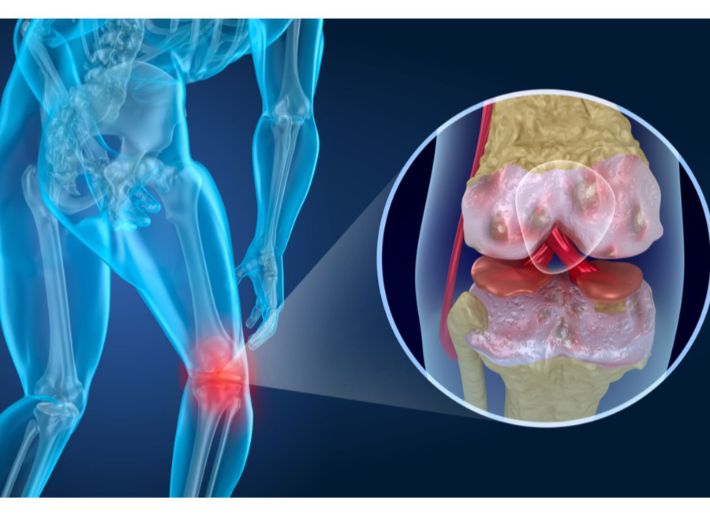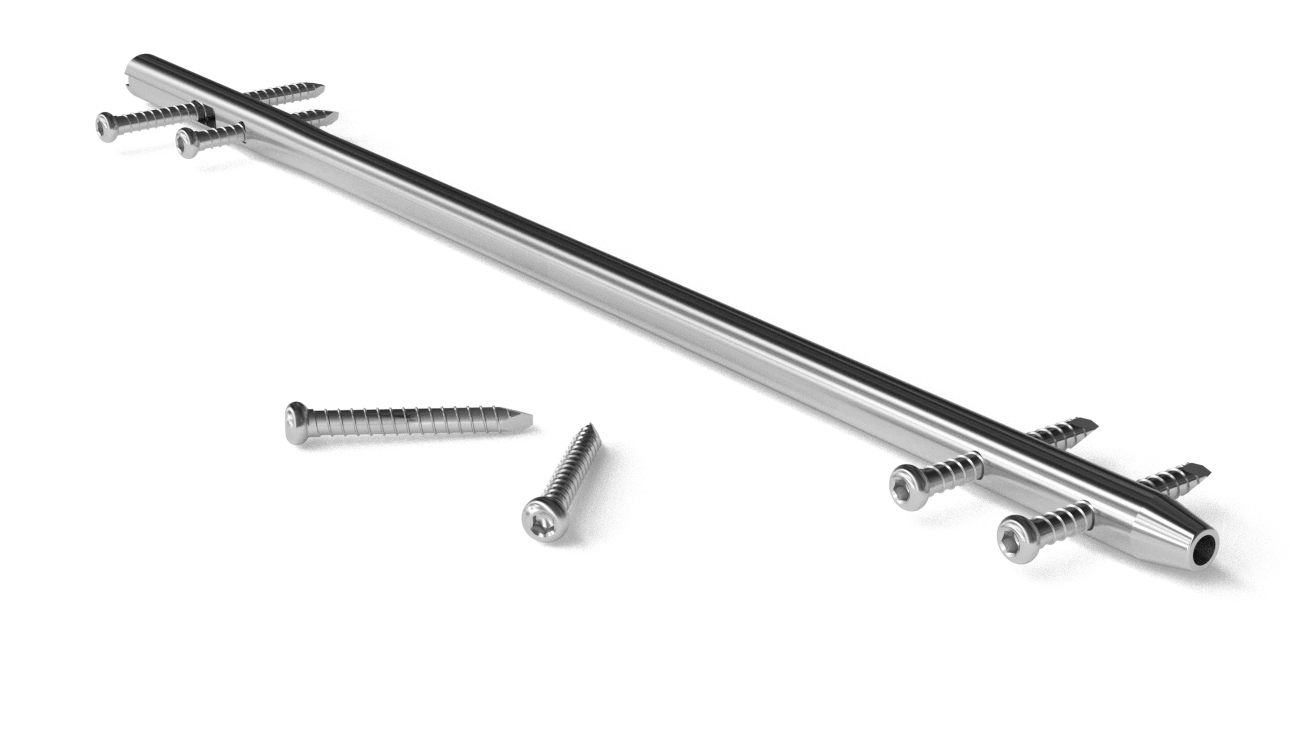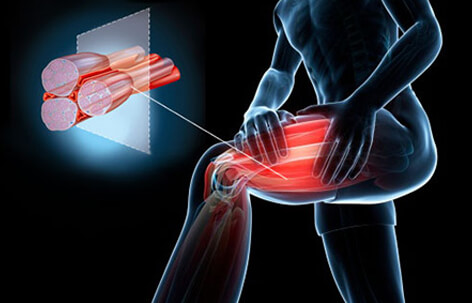What is sciatica and its treatment?
Sciatica is considered one of the inflammatory diseases that affect the individual as a result of the presence of severe pressure on the sciatic nerve that extends along the legs, and in the following article we will explain a lot of detailed information regarding this topic, so let us read the following.
What is sciatica and its treatment?
Sciatica is a chronic inflammatory disease that afflicts the individual and causes him a lot of pain as a result of severe pressure on the sciatic nerve in his body, which is the longest nerve ever, and its extension starts from the lower end of the spinal cord or the back of the pelvis and passes through both the buttocks and hips to the toes.
The earlier the detection of sciatica in individuals, the more it can be controlled and avoid any other complications that may be difficult to deal with in the future.
Sciatica cannot be completely cured, but it is treated in the manner determined by the specialist doctor according to the development of the disease and the stage it has reached in order to alleviate the pain that may affect individuals and reduce the development of symptoms to dangerous stages.
Sciatica
Sciatica is called pain that afflicts individuals and its extension is along the sciatic nerve, and the location of this nerve is in the lower back, passing through both the hips and buttocks of both legs, and sciatica usually affects only one side of the human body.
Sciatica occurs mainly as a result of pressure from the herniated disc or bony protrusions on parts of the nerve, or this may be a result of the narrowing of the spaces in the spine, and the pain that results from this occurrence is in the form of tingling in the leg that has been exposed to it.
Despite the severity of the pain that is associated with sciatica, it is possible in many cases to be dealt with well through medications, painkillers, some exercises, and healthy lifestyle habits.
As for the cases that may reach the point of surgery, the symptoms worsen until they cause leg apathy or changes in the intestine and bladder.
The best treatment for sciatica
The best treatment that an individual can follow in the case of sciatica is natural and primitive methods that have a major role in reducing pain in addition to not causing him any side effects, such as applying hot and cold compresses to the affected area.
Where hot compresses stimulate tissue healing, and most often these compresses are applied to the posterior pelvic area, and this has many benefits such as:
- Increase the nerve’s ability to conduct and help it do its job well.
- Contributes to the dilation of blood vessels, which facilitates the access of blood, oxygen, and nutrients to the affected foot.
- Helps stimulate tissue metabolism.
- Makes the individual able to move the joint and control it well.
- Relieves muscle spasms.
Hot compresses are based on helping to increase the rate of recovery, although this method should be followed after the inflammation has subsided initially using cold compresses.
Where is sciatica found?
Sciatica is in the back of the back and extends along the legs, passing through each of the buttocks, until it reaches the toes, and most likely, sciatica begins to appear in both the buttocks and the legs.
The pain may be temporary for only a few weeks or last for many years, and therefore appropriate treatment must be started as soon as it is discovered to prevent serious complications in the long term.
Sciatica causes and treatment
There are many reasons why people may develop sciatica, and here are some of them:
Disc slippage
Because the human spine consists of vertebrae, discs, and nerves, where the individual suffers from sciatica as a result of a herniation in the spine as a result of the injury of one of the discs located between the vertebrae of the spine, which causes severe pressure on the nerves.
As a result of this slipping, individuals face sensation problems or this causes significant muscle weakness, and although there is no clear reason for disc damage, this is common among the elderly in what is known as intervertebral disc degeneration or degenerative disc disease, and this causes the discs to lose elasticity and lose water, which makes them more prone to rupture.
Spinal stenosis
Spinal stenosis is one of the least common causes of sciatica among individuals due to the narrowing of the nerve passages in the spine or infection, and in some cases, some tumors may grow inside the spine.
Doctors define spinal stenosis as a narrowing of the spinal cord passage to the bottom of the spine, and this is the result of an enlargement of the ligaments in addition to the protrusion of discs and bony protrusions from the spine.
Where sciatica occurs as a result of the concentration of these symptoms in the lower back area, and the patient begins to feel heavy in the legs, walks in a bent position, and faces great difficulty in movement in general.
Individuals suffer from spinal stenosis as a result of the occurrence of many changes in the human body, which may be most likely a result of a degenerative disease that affects the joints of the spine, which prevents the straightening of the vertebrae, and these symptoms are associated with the aging of individuals.
Spondylolisthesis
This happens when one of the vertebrae slips from its known place, and if one of those deviated vertebrae presses on the sciatica nerve, this causes a lot of pain to the affected person.
People who are more likely to develop spondylolisthesis are the elderly or those who suffer from degenerative damage to the joints of the skeleton, and young people may be susceptible to it due to the occurrence of some fractures in the spine or its exposure to excessive curvature.
Sciatica treatment
In most cases, it is not necessary to follow strong methods in the treatment of sciatica, but it is easy to deal with it with some painkillers and healthy lifestyle habits, but in advanced stages, it may require other treatment methods, and an example of these methods:
Self-help
Where this is according to the individual’s awareness of the necessity of helping himself by doing some things that reduce the severity of the symptoms that appear on him, for example:
- Doing exercises that make the body in a state of constant activity.
- Apply hot and cold compresses to the affected area.
- Take some painkillers that do not require medical advice, such as paracetamol and ibuprofen.
Natural therapy
In that case, the doctor advises you to do some exercises and activities that he determines according to your condition, but he remains to supervise you during that, and physiotherapy methods help in:
- Do some exercises that increase muscle strength, support the back, and make the spine more flexible.
- It alerts you to some positions in order to be more comfortable for the muscles and vertebrae and not stress them by following the wrong methods.
Spinal injection
If all of the painkillers and specific exercises do not succeed in relieving the pain, the specialist doctor may give the patient a corticosteroid injection into the spine or a local anesthetic injection.
This has a great factor in reducing the pressure that is issued on the sciatica nerve, which relieves pain and inflammation, but temporarily, it is distinguished by its direct effect on the affected area.
Symptoms of sciatica
- Severe lower back pain that may be similar to a stabbing or burning pain.
- Feeling back and leg pain that gets worse when sitting.
- The pain is constant on only one side of the buttocks.
- A sensation of pain in the hip area.
- Having great difficulty moving the injured foot well.
- Feeling of numbness in the leg.
- Inability to move normally without suffering severe pain.
Sciatica
Sciatica is what affects the sciatic nerve area as a result of severe pressure on it and it is along the legs, and this nerve is considered the longest ever in the human body because it starts from the lower back and it reaches the toes.
The pains caused by sciatica are sometimes mild and life can be normal with it, but if it is ignored for a long period without receiving proper treatment it will cause serious complications that the individual may undergo surgery.
Does sciatica cause frequent urination?
The effect of sciatica on the bladder is not a direct matter, but rather it is one of the serious complications of this disease, which occurs if it is ignored from the beginning and allowed to develop badly, as the patient is unable to control the bladder and this causes leakage most of the time.
The impact of sciatica on frequent urination is very rare, as it only occurs in the case of increased pressure on the horizontal nerve, which causes a defect in the functions of the bladder, and as soon as you notice this, you must go to the doctor immediately.
Is sciatica permanent?
Sciatica is a chronic disease whose symptoms are often severe and cannot be tolerated naturally, and the pain attack may often last up to two weeks and disappear without receiving any treatment, but the feeling of numbness in the affected foot remains even after the pain is gone.
The more severe the symptoms over time and the pain episodes become in shorter periods, this indicates that the disease continues to evolve and will accompany the individual permanently throughout his life.

